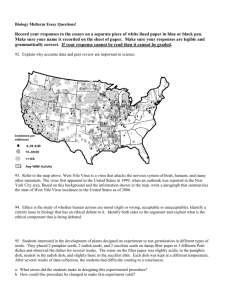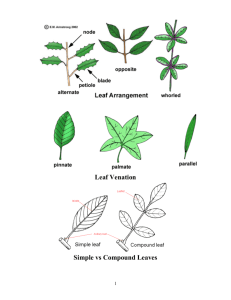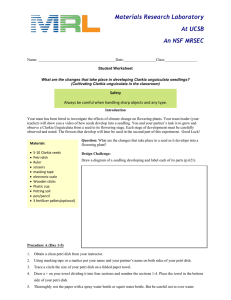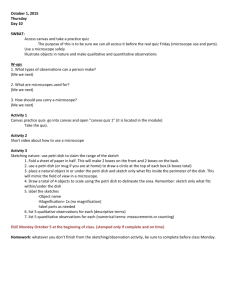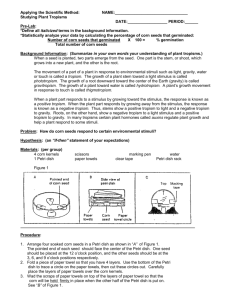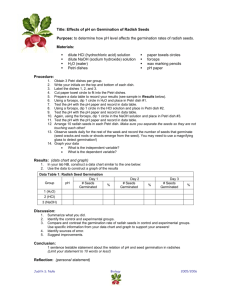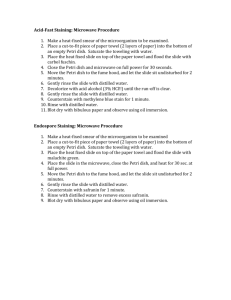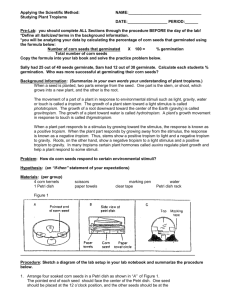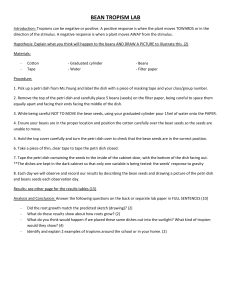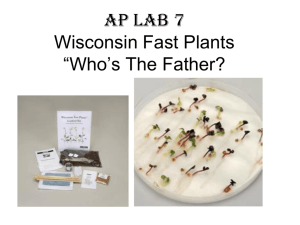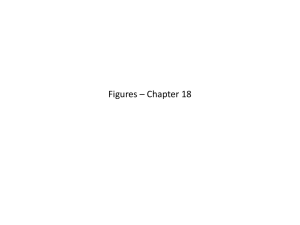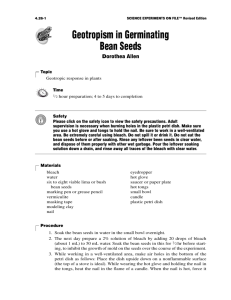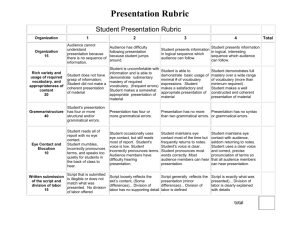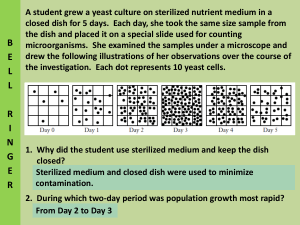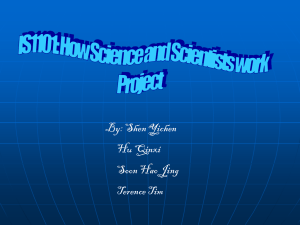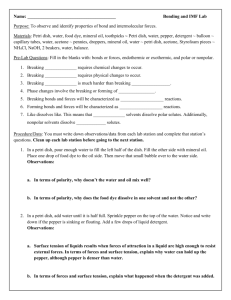C-8 Plant Reactions To Environment
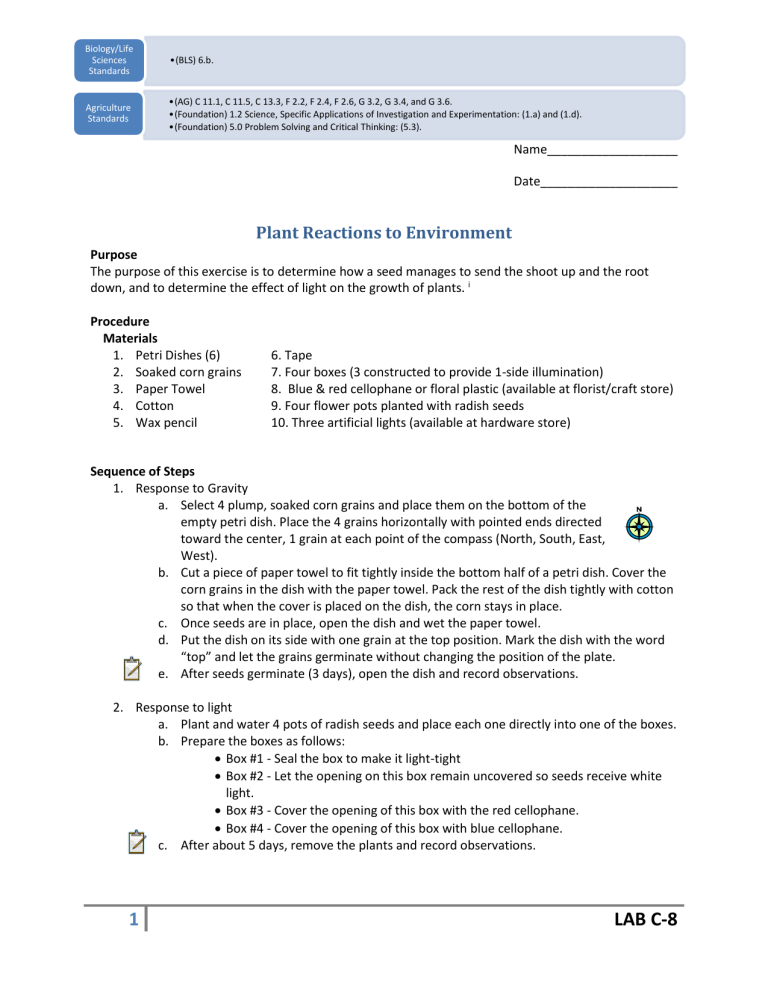
Biology/Life
Sciences
Standards
Agriculture
Standards
•(BLS) 6.b.
•(AG) C 11.1, C 11.5, C 13.3, F 2.2, F 2.4, F 2.6, G 3.2, G 3.4, and G 3.6.
•(Foundation) 1.2 Science, Specific Applications of Investigation and Experimentation: (1.a) and (1.d).
•(Foundation) 5.0 Problem Solving and Critical Thinking: (5.3).
Name___________________
Date____________________
Plant Reactions to Environment
Purpose
The purpose of this exercise is to determine how a seed manages to send the shoot up and the root down, and to determine the effect of light on the growth of plants. i
Procedure
Materials
1.
Petri Dishes (6)
2.
Soaked corn grains
3.
Paper Towel
4.
Cotton
5.
Wax pencil
6. Tape
7. Four boxes (3 constructed to provide 1-side illumination)
8. Blue & red cellophane or floral plastic (available at florist/craft store)
9. Four flower pots planted with radish seeds
10. Three artificial lights (available at hardware store)
Sequence of Steps
1.
Response to Gravity a.
Select 4 plump, soaked corn grains and place them on the bottom of the empty petri dish. Place the 4 grains horizontally with pointed ends directed toward the center, 1 grain at each point of the compass (North, South, East,
West). b.
Cut a piece of paper towel to fit tightly inside the bottom half of a petri dish. Cover the corn grains in the dish with the paper towel. Pack the rest of the dish tightly with cotton so that when the cover is placed on the dish, the corn stays in place. c.
Once seeds are in place, open the dish and wet the paper towel. d.
Put the dish on its side with one grain at the top position. Mark the dish with the word
“top” and let the grains germinate without changing the position of the plate. e.
After seeds germinate (3 days), open the dish and record observations.
2.
Response to light a.
Plant and water 4 pots of radish seeds and place each one directly into one of the boxes. b.
Prepare the boxes as follows:
Box #1 - Seal the box to make it light-tight
Box #2 - Let the opening on this box remain uncovered so seeds receive white light.
Box #3 - Cover the opening of this box with the red cellophane.
Box #4 - Cover the opening of this box with blue cellophane. c.
After about 5 days, remove the plants and record observations.
1 LAB C-8
Observations
1.
After removing the cover, draw what your seeds look like in the petri dishes after germination has occurred.
2.
Compare the plants in the 3 boxes with 1-sided illumination. a.
Which ones show the most obvious change in direction of growth? b.
Is there any difference in the reactions of the plant to blue light and to red light? c.
Compare the size and color of the plants.
Conclusions:
1.
In what direction did the root and shoot grow out from each of the corn seeds?
2.
To what factor of the environment do the root and shoot respond?
3.
Are the red & blue light wavelengths equally effective in stimulating plants to bend toward light?
4.
What is the general effect on stem elongation of white light vs. no light? How might you account for the difference?
5.
What is the general effect of red light versus blue light on stem elongations?
6.
How can this information be used to improve production in the agriculture industry?
7.
Define phototropism: i
Agricultural Biology Curriculum Lesson Plans. Sacramento: California State Department of Education, Agriculture Education Unit, 1990.
2 LAB C-8
